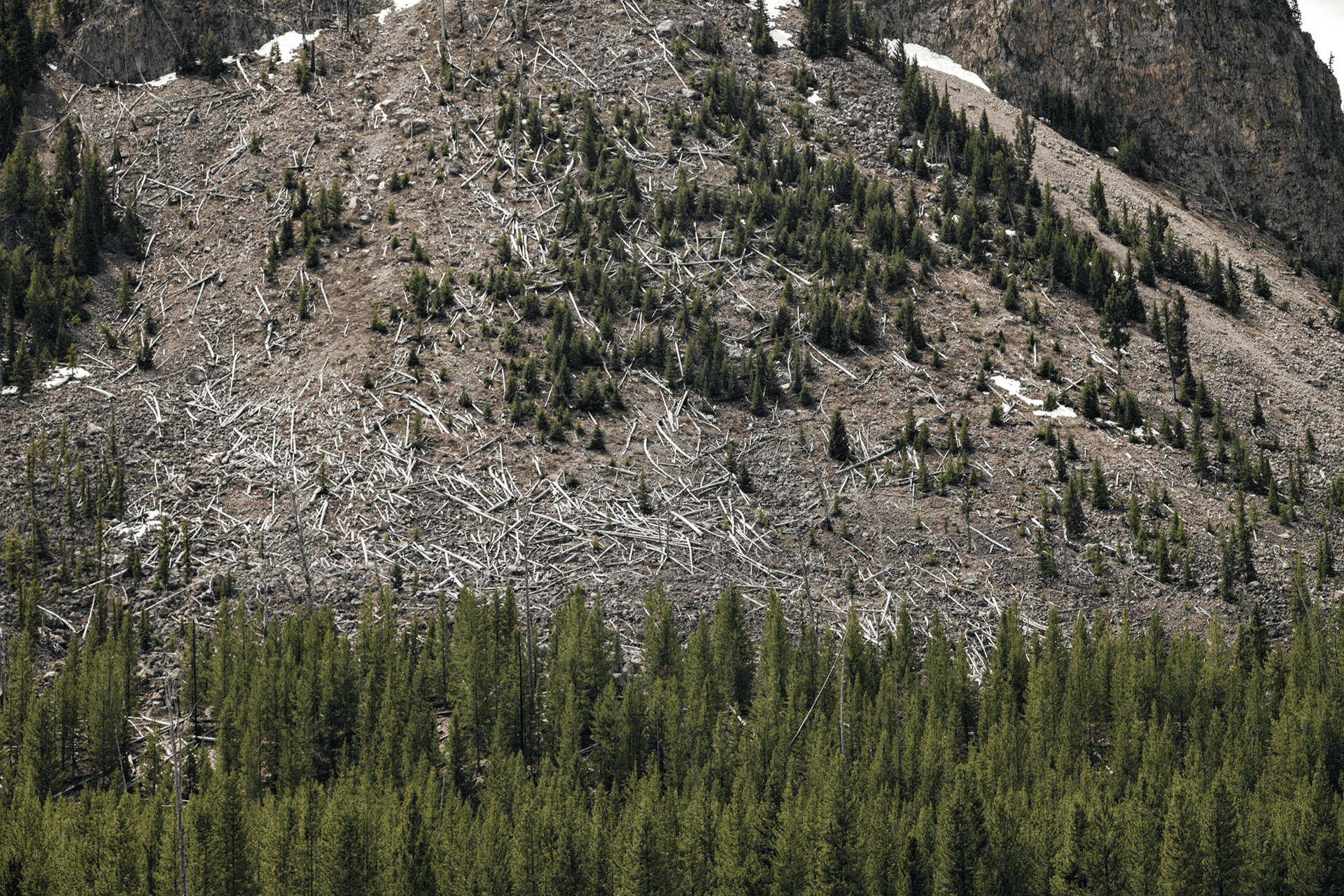Brussels-based photographer Wilhelm Westergren leads us to the heart of Yellowstone National Park and the Montana wilderness. The Treasure State’s unique mix of plains, green forests, deep valleys and and spellbinding thermal features are sure to please any nature enthusiast.
Wild Montana
22 September 2022 | Photography by Wilhelm Westergren
Montana boasts over 50 natural hot springs.
Ecosystems // VIEWS

















